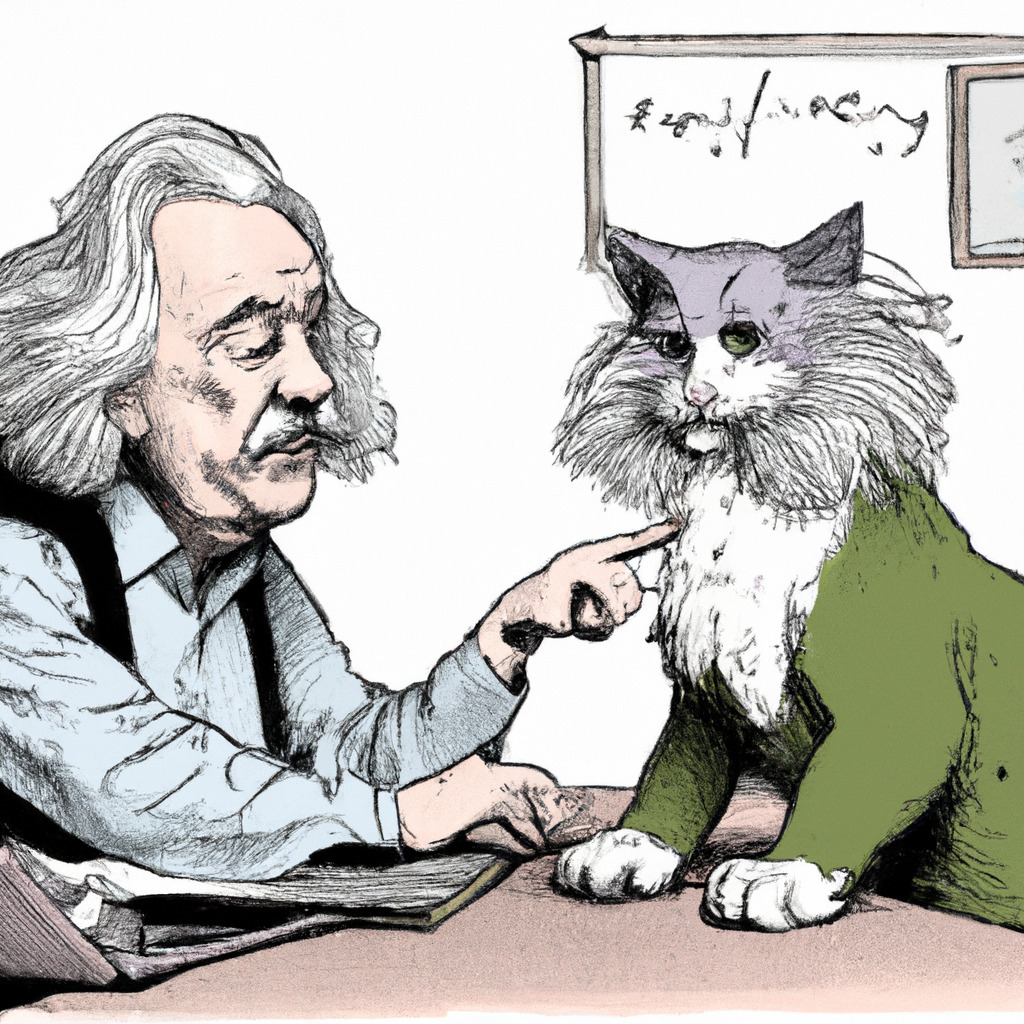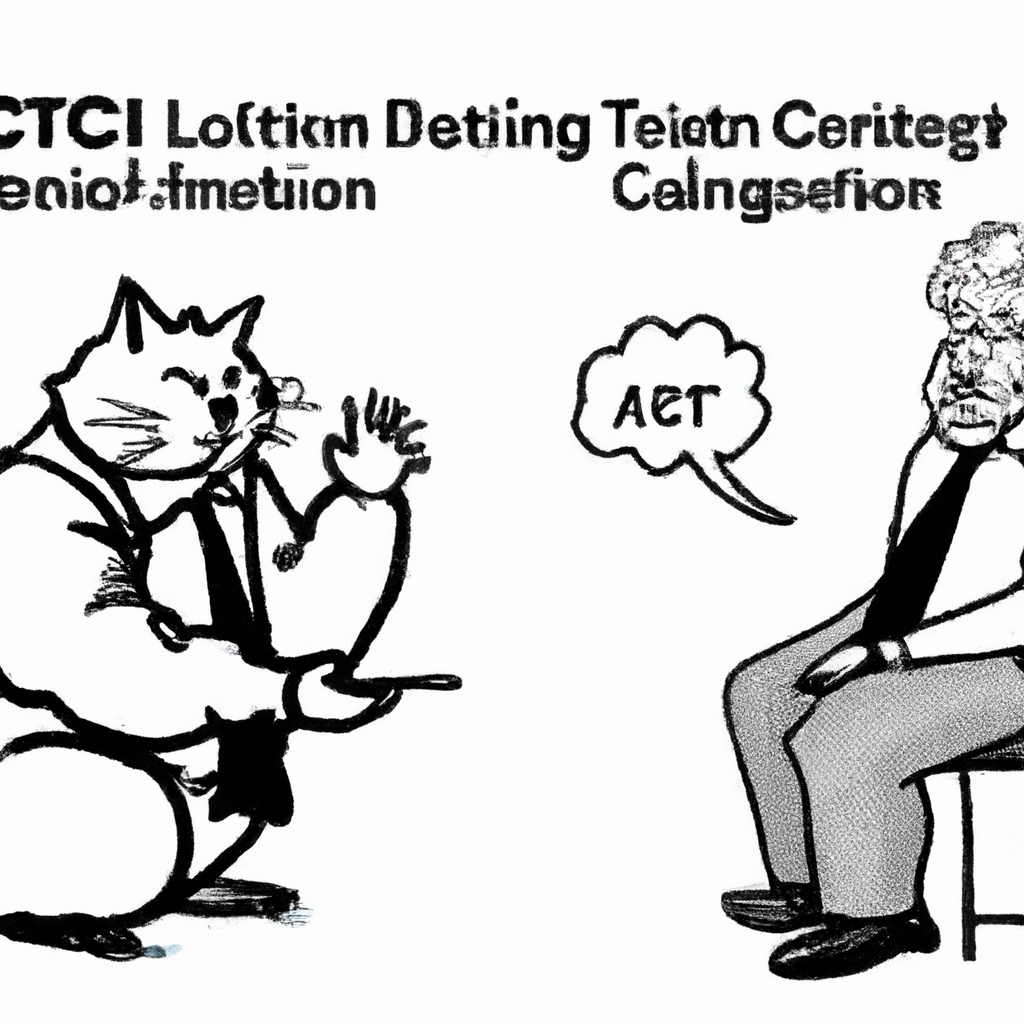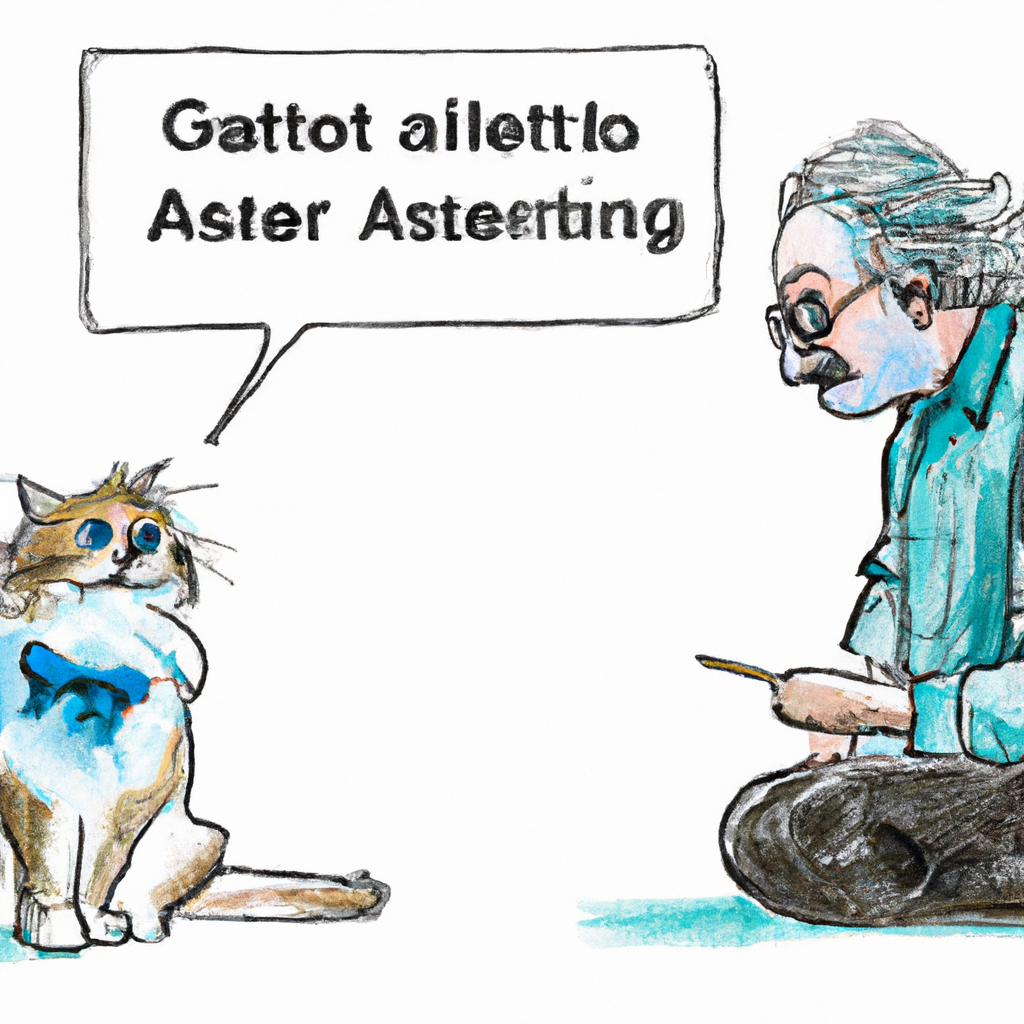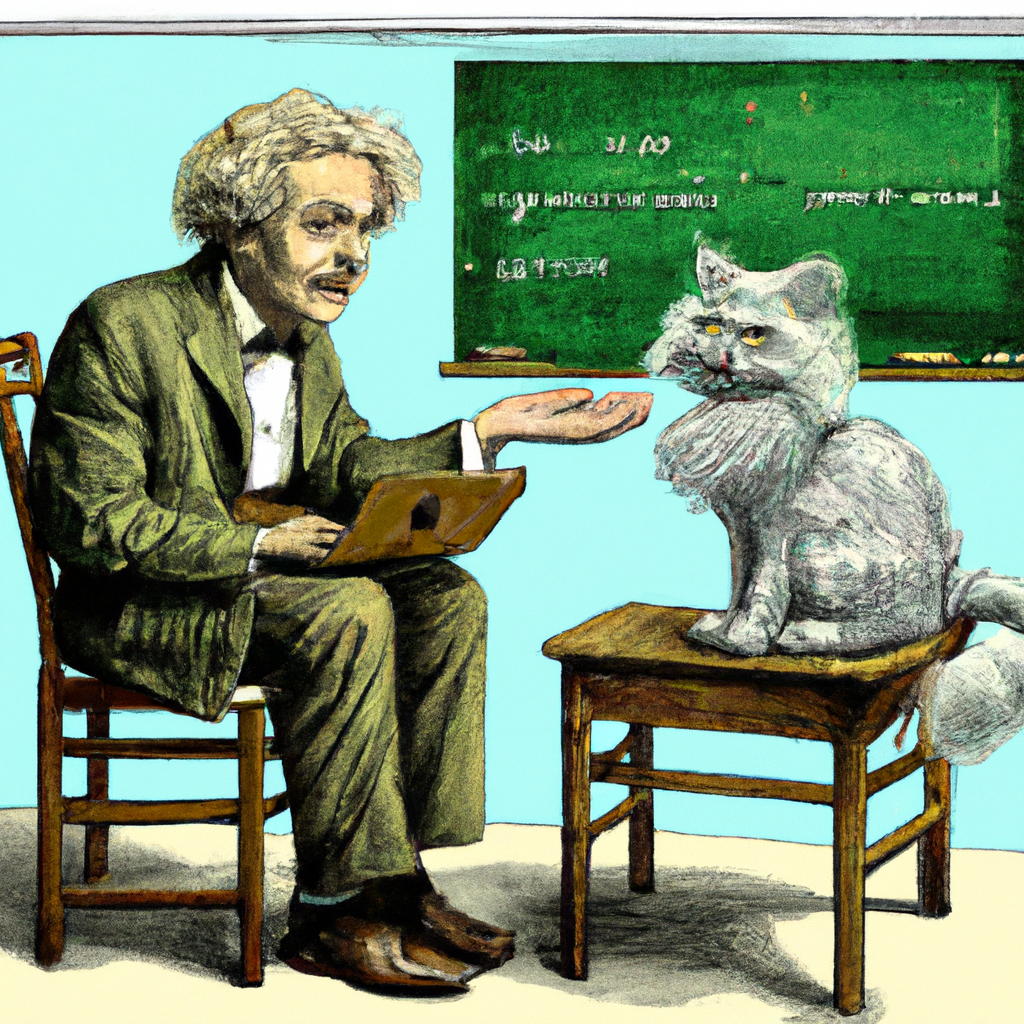
Title: A Beginner’s Guide to Artificial Intelligence
Artificial intelligence (AI) has become a significant part of everyday life, driving everything from search engine algorithms to smart home devices. For those new to this exciting field and eager to explore its possibilities, understanding the basics is crucial. This article aims at providing a comprehensive guide for beginners on AI.
1. Understanding What AI Is:
AI refers to computer systems or machines that mimic human intelligence – learning, reasoning, problem-solving and adapting based on received data inputs. Essentially it involves creating algorithms that allow computers and software programs not just follow instructions but also make decisions independently.
2. Types of AI:
There are two types of artificial intelligence – Narrow AI designed for specific tasks like voice recognition; Generalized AIs which can understand and learn any intellectual task as humans do.
3. Machine Learning & Deep Learning:
Machine Learning (ML), an essential subset of AI, enables machines with the ability to automatically learn from experiences without being explicitly programmed.
Deep learning is a subtype within machine learning where neural networks – algorithm sets mimicking human brain function–learn from vast amounts of data.
4.The Importance Of Data In AI
Data fuels Artificial Intelligence because these technologies need substantial quantities for training purposes before they can identify patterns or derive insights accurately.
5.AI Applications
Artificial Intelligence has found application in multiple fields such as healthcare (predicting disease outbreaks), finance(fraud detection), transport(self-driving cars) etc., making them more efficient by automating routine tasks while simultaneously offering predictive analysis capabilities.
Now let’s dive into some basic steps involved in starting an artificial intelligence project:
Step 1: Define Your Objective – The first step towards implementing any successful artificial intelligent system starts by defining clear objectives regarding what you want your model will achieve.
Step 2: Gather Your Data – After setting up your goal next is gathering relevant datasets necessary for training your model.
Step 3: Prepare Your Data- It involves cleaning up raw data gathered ensuring it’s free off errors or inconsistencies which may affect results later on
Step 4 : Choosing Right Model- Depending upon nature/type/size dataset one needs choose right kind ML/AI model e.g Supervised/Unsupervised models etc
Step 5 : Training Model- Once chosen correct type/model next step involves feeding prepared dataset into selected model train it
Step6 : Testing And Fine-tuning–Test trained using unseen/newer datasets tune parameters if needed improve performance
Finally deploying working across desired platform/application after successfully testing fine-tuning phases.
To illustrate how all these come together here’s simple example:
Consider building recommendation system online bookstore
Objective here would be recommend books users based their past browsing/purchase history
Gathered user behaviour related data will be cleaned sorted out during preparation phase
The choice might fall onto supervised machine learning models given we’re trying predict future behaviours based past ones
Afterwards this clean sorted information fed our chosen ML algorithm allowing learn patterns trends among different users’ preferences
Once done test effectiveness using newer set customer behaviours see whether indeed recommends suitable titles correctly Finally upon satisfactory results deploy live website .
Remember always stay updated emerging trends tools through resources like MOOCs online tutorials industry blogs conferences meet-ups webinars Remember even seasoned professionals still continue sharpen their skills so don’t feel overwhelmed initial stages journey !
Artificial Intelligence (AI) is widely used in the field of healthcare, particularly in medical diagnosis. For example, AI-powered systems such as IBM’s Watson can process and analyze large amounts of medical data within seconds. It can review patient records, symptoms and medical history to assist doctors with diagnosing diseases accurately.
Moreover, it has been trained on vast libraries of clinical literature and trials which enables it to suggest possible treatment plans as per the latest research available. This not only saves time but also ensures that patients receive the most effective treatments based on current knowledge.
In addition to diagnosis assistance, AI technology is also used for predicting patient readmissions or potential health risks by analyzing patterns from numerous electronic health record datasets. This predictive analysis helps healthcare providers take preventive measures beforehand reducing hospitalization rates significantly.
Thus through these methods artificial intelligence greatly enhances effectiveness and efficiency in healthcare sector providing better outcomes for both practitioners and patients alike.
Here’s a Story about Gato Rico
Once upon a time, in the heart of Silicon Valley lived an extraordinary feline named Gato Rico. Not your typical tabby cat, no sir! Mr. Rico was as rich as they come and had more wealth than many human beings.
Gato wasn’t born into riches though; he earned his fortune through shrewd investments in tech startups – yes, you heard it right! This furry financier became incredibly wealthy after investing in a small startup that turned out to be none other than ‘MewTube,’ the world’s leading platform for sharing cute cat videos.
One day while lounging on his velvet cushion atop his diamond-studded scratching post, sipping chilled milk from Baccarat crystal dish served by robotic butler (created by another one of his investment), something caught Gato’s attention on MewTube: Artificial Intelligence or AI.
Intrigued by what he saw and always keen to stay ahead of the curve financially, our suave kitty decided to invest heavily into AI technology. He believed this could revolutionize not just how humans live their lives but also how cats like him led theirs!
With enough funds diverted towards research and development at ClawTech Inc., an advanced AI system was created called “FELINA.” Designed especially for felines with sophisticated tastes like himself; FELINA allowed cats across the globe access information through meow recognition software – all at their convenience!
Gone were days when cats had to wait around for humans every whim or fancy. Now they could order anything from salmon sushi rolls delivered straight from Japan using drone delivery service ‘AirPaws’ or request belly rubs whenever they fancied via UberPet app – all thanks FELINA!
But there came some hilarious hiccups along way too! Once when testing voice recognition feature during early stages of development; instead ordering fresh tuna steaks dinner which is what our fluent-in-human-language-cat intended say- FELINA misinterpreted it as “tuna-scented litter” resulting shipment 1000 bags tuna scented cat litter arriving front door next morning much amusement neighborhood postal worker who never ceased laugh about incident thereafter!
Despite these minor setbacks however overall results were astounding making project massive success catapulting both ClawTech Inc.’s stocks & Gato’s net worth sky high within few months release thereby cementing status richest most innovative moggy planet even further proving once again that curiosity may have killed ordinary cat but certainly made this particular one richer beyond wildest dreams!
And so continues saga our beloved millionaire mouser living life large paw-deep artificial intelligence revolutionizing world fellow kitties everywhere showing us that indeed any creature big small can make significant impact if given right tools opportunity do so.






